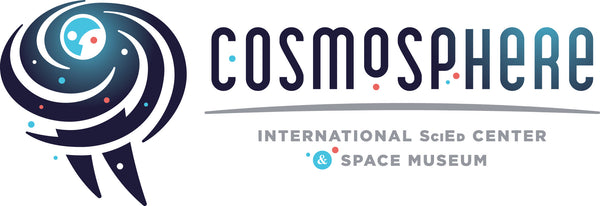A & B Emblem
Mercury Mission Patches
Mercury Mission Patches
Couldn't load pickup availability
Project Mercury, named for the Roman god Mercury, the swift messenger of the gods, was the first human spaceflight program of the newly created space agency NASA, and laid the foundation for Project Gemini and the Apollo moon landing program. As the beginning of the “space race,” Project Mercury ran from 1959 through 1963 with the goal of putting a human in orbit around the Earth, and accomplishing it before the Russians. Though it had a slow start with many setbacks, Project Mercury became popular and the manned flights were followed by millions in the US and around the world. 7 astronauts flew a total of 6 solo trips, and there were also 20 unmanned launches as a part of the development of the project, including some with test animals. The astronauts went under the name Mercury Seven, and the program design includes the number seven. The symbol represented around the seven is the astronomical symbol for the planet Mercury, and the medieval sign for the element mercury as well. It consists of the biological sign for female, topped with “horns” to represent the winged hat Mercury is usually depicted as wearing.
Alan Shepard's 15-minute suborbital flight on May 5, 1961, marked the first American in space.
Gus Grissom followed with a similar suborbital flight on July 21, 1961.
· Mercury-Atlas 6 (Friendship 7):
John Glenn's historic three orbits around Earth on February 20, 1962, made him the first American to orbit the planet.
Scott Carpenter flew three orbits on May 24, 1962.
Walter Schirra completed six orbits on October 3, 1962.
Gordon Cooper's 22 orbits on May 15-16, 1963, concluded the manned missions of Project Mercury.
Share








